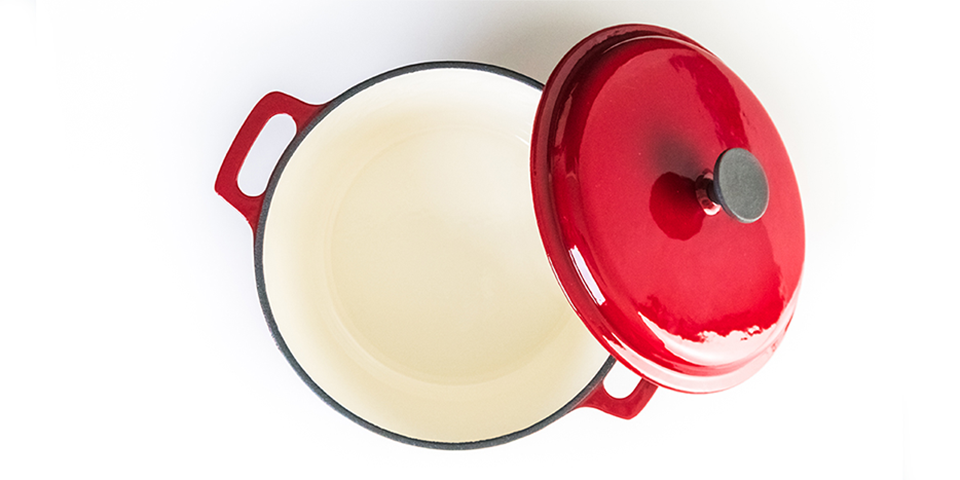Cutting back on your consumption of refined grains like white flour can benefit your health and may help with weight loss.
So if you’re looking to eat fewer refined carbs, or you follow a gluten-free diet, coconut flour can be a worthy substitute for wheat flour with some intriguing nutritional benefits.
Here’s what you need to know.
What Is Coconut Flour?
“Coconut flour is made from the flesh of coconuts, which is then dried and ground into flour,” explains Sarah Schlichter, M.P.H., R.D.N., a registered dietitian nutritionist in Brunswick, M.D.. “It’s a great gluten-free flour that is gaining in popularity.”
You can find coconut flour in most grocery stores, or make your own by blending dried, unsweetened shredded coconut into a fine powder.
Coconut Flour Nutrition
Coconut flour provides more protein and fiber than regular white flour, along with iron and healthy fats.
One ¼ cup (30 g) serving of coconut flour contains:
- 120 calories
- 4 grams of fat
- 18 grams of carbs
- 10 grams of fiber
- 6 grams of protein
By contrast, a ¼ cup (30 g) serving of all-purpose white flour contains 100 calories, 0 grams of fat, 23 grams of carbs, 1 gram of fiber, and 3 grams of protein.
Coconut flour is a good iron source, Schlichter says, with ¼ cup offering nearly 20 percent of the daily recommended iron amount for adults ages 51 and older.
And coconut flour also contains medium-chain triglycerides (MCT), fats that are used more quickly and efficiently than some other forms of fat.
“These fats go directly to the liver and give you a quick energy burst,” says Jeanette Kimszal, R.D.N., NLC, a registered dietitian nutritionist in New York City.
Research suggests MCTs may also have some anti-inflammatory properties and may help support healthy cholesterol levels.
Note that coconut flour is higher in protein and fiber than regular wheat flour, but also more calorically dense and higher in fat.
When baking with coconut flour, you’ll most likely have to cut back on the added fat or the finished product will be super dense.
Benefits of Coconut Flour
If you’re considering swapping your regular flour for coconut flour, here are a few potential benefits.
1. It’s gluten-free
Because coconut flour isn’t made from wheat, it lacks gluten.
“Coconut flour is appealing to those with gluten allergies, intolerances, or those who prefer following a gluten-free diet,” says Schlichter.
2. It has more fiber than white flour
Pancakes, muffins, or energy bites made with coconut flour might keep you feeling fuller longer.
“Coconut flour is higher in fat and more nutrient-dense than regular flour,” says Amy Shapiro, M.S., R.D., C.D.N., of Real Nutrition NYC. “It’s more filling, thanks to its nutritional profile.”
That includes 10 times more fiber than regular all-purpose white flour. It also contains more fiber than other gluten-free flours, such as almond flour.
Fiber promotes satiety, which may help you with your weight-loss goals.
3. It has more protein and fewer carbs than white flour
One serving of coconut flour contains 18 grams of carbohydrates, compared to 23 grams in an equivalent serving of all-purpose white flour.
4. It’s versatile
“Coconut flour has a mild, sweet taste that typically doesn’t overpower other flavors when added in small amounts,” says Mackenzie Burgess, R.D.N., a registered dietitian nutritionist and recipe developer in Fort Collins, CO.
“It’s a great ingredient to keep on hand,” Burgess adds. “I like to buy Bob’s Red Mill coconut flour because it comes from high-quality desiccated coconut and packs in 3 grams of protein and 6 grams of fiber per two tablespoons.”
How to Use Coconut Flour in Recipes
Coconut flour has a natural sweetness that makes it a perfect substitute for regular flour in baking recipes including cookies, cakes, and muffins.
You can also use it to reduce the carb content and boost the fiber quotient of your favorite carb-heavy recipes, like pancakes or breads.
But before you dive into using coconut flour in recipes, it’s important to note that it’s not a simple 1:1 substitution.
Coconut flour is much more absorbent than regular flour, Burgess says, so you’ll need to adjust the amount you use in your baking recipes.
Try swapping ¼ to ⅓ cup coconut flour for one cup of regular flour.
“You may need to add a bit of extra liquid or eggs to your recipe to account for a thicker batter from the coconut flour,” Burgess notes.
Coconut flour can even be used as a thickener in soups and sauces, as a binder in meatballs or meatloaf recipes, or as a substitute for breadcrumbs. Just keep in mind coconut flour has a mild coconut flavor — but the spices and seasonings in your recipe will most likely overpower it.
Need some inspiration? Try one of these tasty coconut flour recipes:





